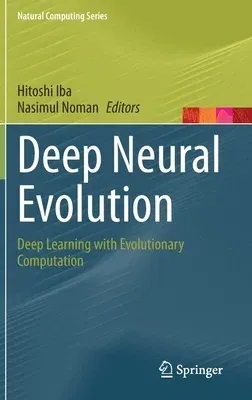This book delivers the state of the art in deep learning (DL) methods
hybridized with evolutionary computation (EC). Over the last decade, DL
has dramatically reformed many domains: computer vision, speech
recognition, healthcare, and automatic game playing, to mention only a
few. All DL models, using different architectures and algorithms,
utilize multiple processing layers for extracting a hierarchy of
abstractions of data. Their remarkable successes notwithstanding, these
powerful models are facing many challenges, and this book presents the
collaborative efforts by researchers in EC to solve some of the problems
in DL.
EC comprises optimization techniques that are useful when problems are
complex or poorly understood, or insufficient information about the
problem domain is available. This family of algorithms has proven
effective in solving problems with challenging characteristics such as
non-convexity, non-linearity, noise, and irregularity, which dampen the
performance of most classic optimization schemes. Furthermore, EC has
been extensively and successfully applied in artificial neural network
(ANN) research -from parameter estimation to structure optimization.
Consequently, EC researchers are enthusiastic about applying their
arsenal for the design and optimization of deep neural networks (DNN).
This book brings together the recent progress in DL research where the
focus is particularly on three sub-domains that integrate EC with DL:
(1) EC for hyper-parameter optimization in DNN; (2) EC for DNN
architecture design; and (3) Deep neuroevolution. The book also presents
interesting applications of DL with EC in real-world problems, e.g.,
malware classification and object detection. Additionally, it covers
recent applications of EC in DL, e.g. generative adversarial networks
(GAN) training and adversarial attacks. The book aims to prompt and
facilitate the research in DL with EC both in theory and in practice.

